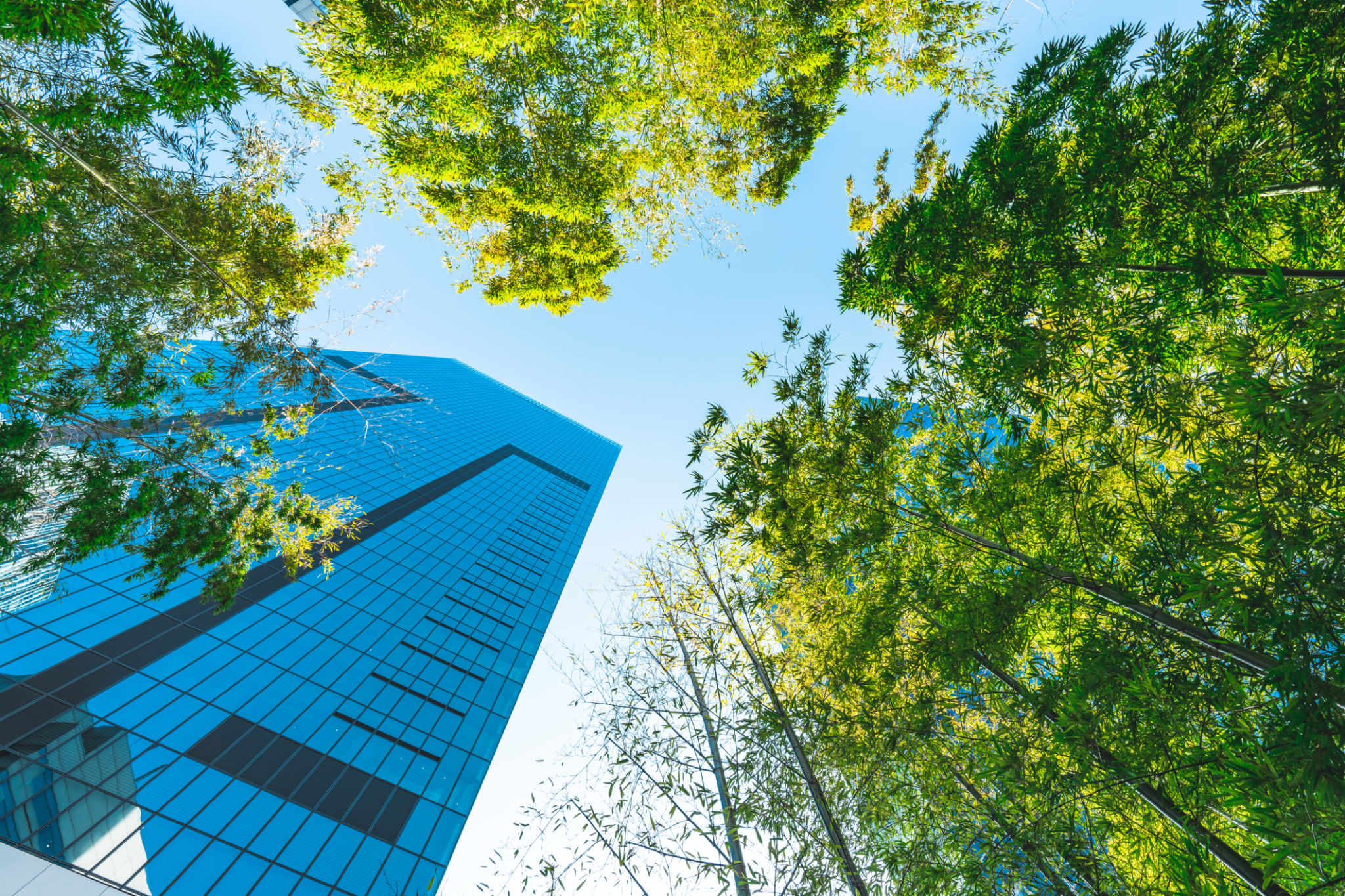Green Building Practices: Leading the Way in Pennsylvania
Introduction to Green Building Practices
Green building practices are becoming increasingly important as the world shifts towards sustainable development. In Pennsylvania, these practices are not just a trend but a necessity. With a growing awareness of environmental issues, the state is taking significant steps to incorporate eco-friendly practices in construction and building management.
Green building practices encompass a range of strategies aimed at reducing the environmental impact of buildings. These include energy efficiency, water conservation, use of sustainable materials, and improved indoor environmental quality. Pennsylvania is at the forefront of this movement, setting examples for other states to follow.

The Rise of Sustainable Architecture
Sustainable architecture is a key component of green building practices. In Pennsylvania, architects are now designing buildings that not only minimize environmental impact but also enhance the quality of life for occupants. This involves innovative designs that maximize natural light, improve air quality, and reduce energy consumption.
One significant aspect of sustainable architecture is the use of renewable energy sources. Solar panels, wind turbines, and geothermal systems are becoming more common in new constructions and retrofitted buildings across Pennsylvania. This shift not only reduces reliance on fossil fuels but also cuts down on utility costs for building owners.

Regulations and Incentives
The state government plays a crucial role in promoting green building practices through regulations and incentives. Pennsylvania has implemented various policies to encourage sustainable building designs. These include tax credits, grants, and rebates for projects that meet specific environmental standards.
Moreover, building codes in Pennsylvania have been updated to include energy efficiency requirements. These regulations ensure that new constructions and major renovations adhere to green building standards, thereby contributing to the state's overall sustainability goals.

Community Involvement and Education
Community involvement is another vital aspect of advancing green building practices in Pennsylvania. Local communities are increasingly participating in initiatives that promote sustainability. This includes workshops, seminars, and community projects focused on educating residents about the benefits and implementation of green building techniques.
Education plays a critical role in this transition. Schools and universities in Pennsylvania offer courses and programs dedicated to teaching students about sustainable development and construction. By fostering a culture of sustainability, the state is preparing future generations to continue leading the way in green building innovations.
The Economic Impact of Green Buildings
The economic benefits of green building practices are substantial. In Pennsylvania, these practices have led to job creation in sectors such as renewable energy, construction, and environmental consultancy. Additionally, buildings constructed with sustainability in mind often see increased property values and reduced operational costs.
The savings in energy and water bills alone can be significant over the lifespan of a building. These financial advantages make green buildings an attractive investment for businesses and homeowners alike, further driving the adoption of sustainable practices across the state.

Challenges and Opportunities
Despite the progress made, challenges remain in making green building practices more widespread in Pennsylvania. Initial costs for implementing sustainable technologies can be higher compared to conventional methods, which can deter some builders and developers.
However, these challenges also present opportunities for innovation and collaboration. As technology advances, costs are expected to decrease, making green building practices more accessible. Collaboration between government agencies, private sector players, and educational institutions can further accelerate this progress.
Future Outlook
The future of green building practices in Pennsylvania looks promising. As awareness grows and technology evolves, more builders are expected to adopt sustainable methods. The long-term benefits of these practices—environmental protection, economic savings, and improved quality of life—are undeniable.
Pennsylvania's commitment to green building practices is setting a benchmark for others to follow. By continuing to embrace these methods, the state is paving the way for a more sustainable future for all its residents.